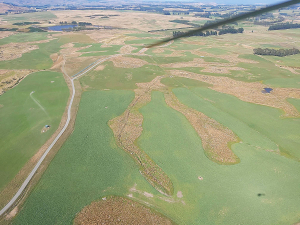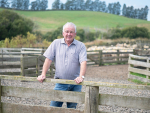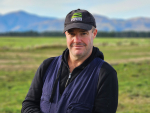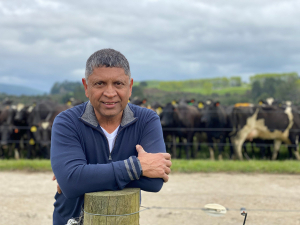Environment Southland (ES) recently took to the skies to support improvements to winter grazing practices in the region.
ES principal land sustainability officer Karl Erikson says the work was part of the council’s educational approach to winter grazing.
“The aerial and roadsides assessment work is an education approach rather than part of our compliance function,” Erikson told Dairy News.
“Our land sustainability team are looking for paddocks that might pose a risk when animals graze them in winter.
“This includes areas like critical source areas that have crop in them, where crop is close to waterways,” he says.
These include areas that lack buffer zones and steep paddocks with waterways around them.
Erikson says there are approximately 20 paddocks of interest that require following up.
“The farmers will be offered assistance in the form of a strategic grazing plan for these paddocks if they haven’t got one already, and any other advice for their winter grazing that might be needed.”
As Dairy News went to print, ES was following up with farmers.
“However, previously farmers have been more than happy to receive our help,” says Erikson.
“They are often keen to have another set of eyes look over their paddocks to see if they are on the right track or to go over their winter plan.”
Winter grazing regulations came into effect in Southland in May 2019.











